The best spot to see and experience “true” traditional Japan is in Kyoto. The numerous ancient wooden shops, stores, teahouses, and private homes from the past are still very much in business and ready to transport you back to Japan’s rich past with just a short stroll around the winding alleyways.
The everyday charm of Kyoto can be found in the sliding doors, the aromas from the neighborhood restaurants, the shop displays, and the vintage advertisements you see along the road. The Imperial Palace, shogun castles, temples, shrines, Zen gardens, cherry blossom-filled parks, and Buddhist temples are just a few of the “must-see places” in this historic city.
Now is the time to find cheap flights and take advantage of Kyoto’s natural beauty.
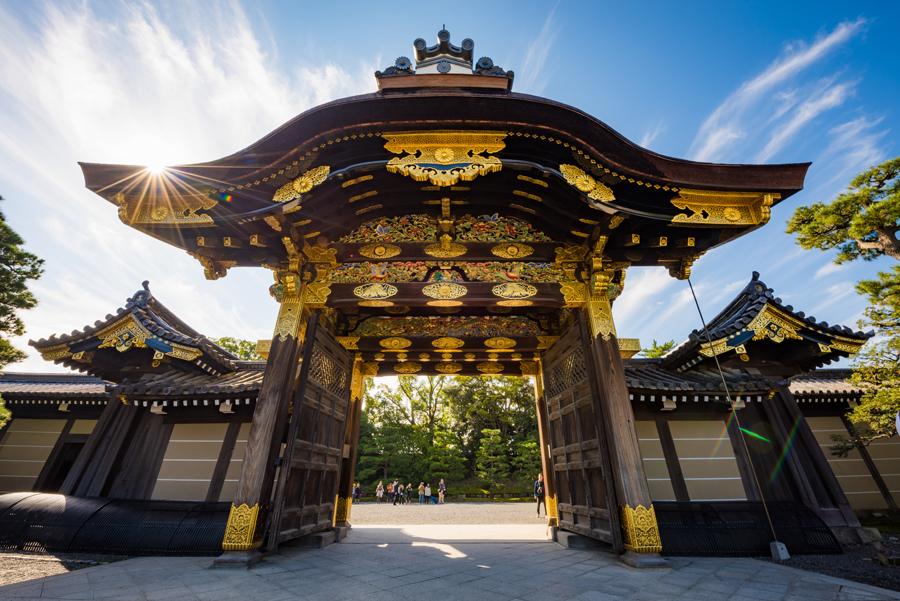
When in Kyoto, you must see Nijo Castle. The Kyoto Residence of the Tokugawa Shogun, which was completed in 1603, stands out among other Japanese cultural heritage monuments because it has never undergone reconstruction; the entire structure, including the interior, is authentic. The “nightingale floor,” which leads to the grand chambers, is a favorite among many visitors. The floorboards’ squeaking sound, which made it impossible for burglars to enter, gave the building its name.
The last Tokugawa shogun handed power over to the Emperor in 1867, bringing an end to the Tokugawa shogunate’s 250-year rule. Nijo Castle was lavishly decorated, featuring exquisite woodcarvings and paintings by the best artists of the day. It lists Nijo Castle as UNESCO World Heritage site
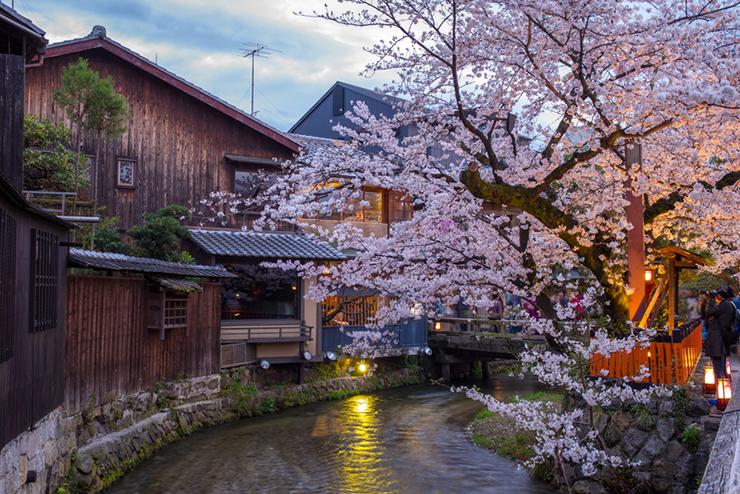
One of the first terms that come to mind while thinking of Japan is certainly “geisha.” There are reportedly less than 500 geishas left in the old city of Kyoto, which was formerly a significant geisha hub. However, times change quickly. Gion, a traditional neighborhood east of the Kamo River in Kyoto, is a popular destination for geisha and maiko (apprentice geisha).
One evening, arrive early to witness these stunning women rushing to their jobs at the exclusive and pricey teahouses. They stroll by putting their hair up, chalk-white makeup, and pricey traditional silk kimonos while wearing wooden geta clogs and white socks. Sometimes these young, amiable women stopped down and turn to face the tourists’ cameras with wonderful smiles.
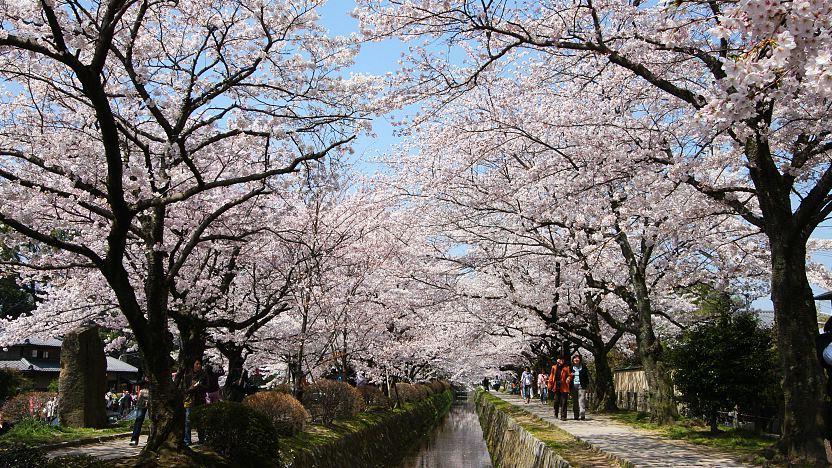
Ikutaro Nishida, a well-known scholar from Kyoto University, used to walk around the region every day to stay in shape and to reflect and wonder, giving the Philosopher’s Walk its name. A canal bordered with cherry trees leads from Ginkaku-ji south to Nanzen-ji along the foot of the Higashiyama Mountains. The Philosopher’s Walk currently has quaint cafes, craft stores, and restaurants all along it.
Couples come from all over the country to this promenade during the cherry blossom season in April and May. Even though the 2-km journey shouldn’t take longer than 30 minutes to walk, there are plenty of sights to stop at along the way.
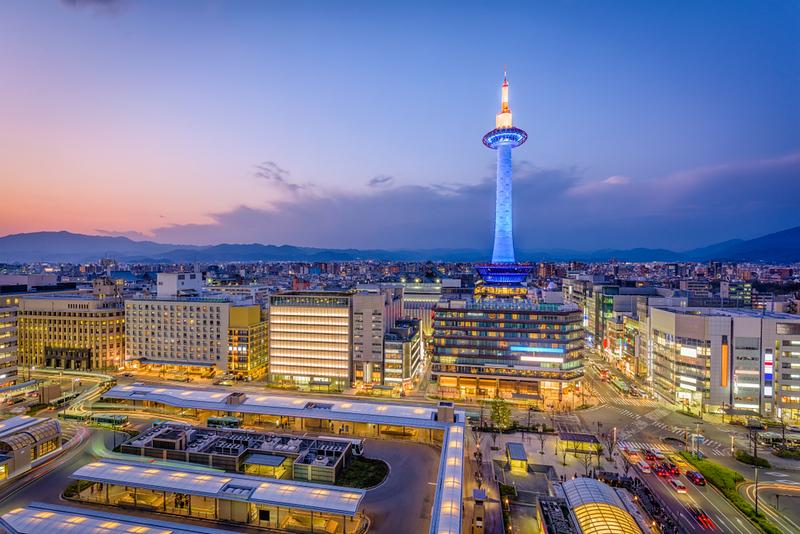
The 1964-opened Kyoto Tower towers 131 meters above the city. On a clear day, you can see all the way to Osaka Bay from the observation decks. Within the tower are a 4-star hotel, a shopping center, a cocktail bar, and a number of restaurants.
The modern skyscraper seems out of place with the rest of the historic capital, but as it is Kyoto’s tallest building, it has become a significant landmark ever since it was built. In close proximity to Kyoto Station, Kyoto Tower is a prominent landmark.
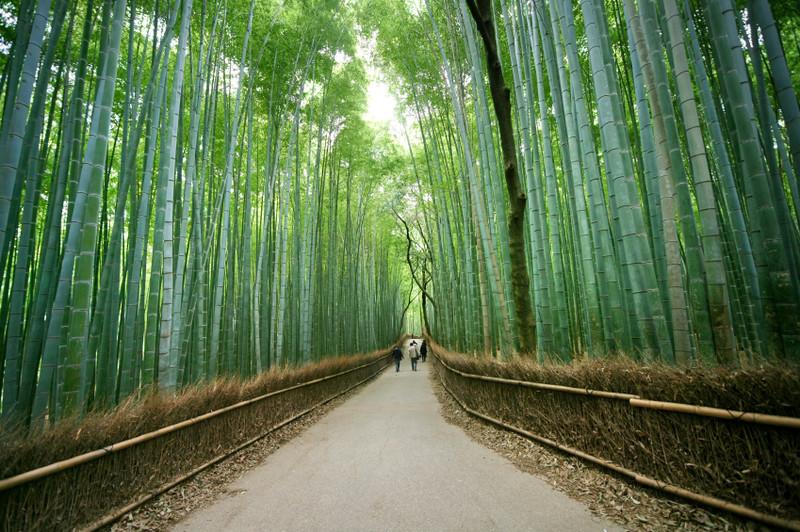
This amazing bamboo grove may be found in the heart of Arashiyama, directly behind Tenryuji Temple. The sound of the wind rustling through the vivid green leaves and the soft knock of the tree trunks rubbing against one another has long served as an inspiration to Japanese poets, artists, and writers.
These thick bamboo forests do in fact have just as much cultural significance as the temples and shrines they surround. Through this woodland, there are well-marked paths that go to Okocho Sanso villa from Tenryuji.

